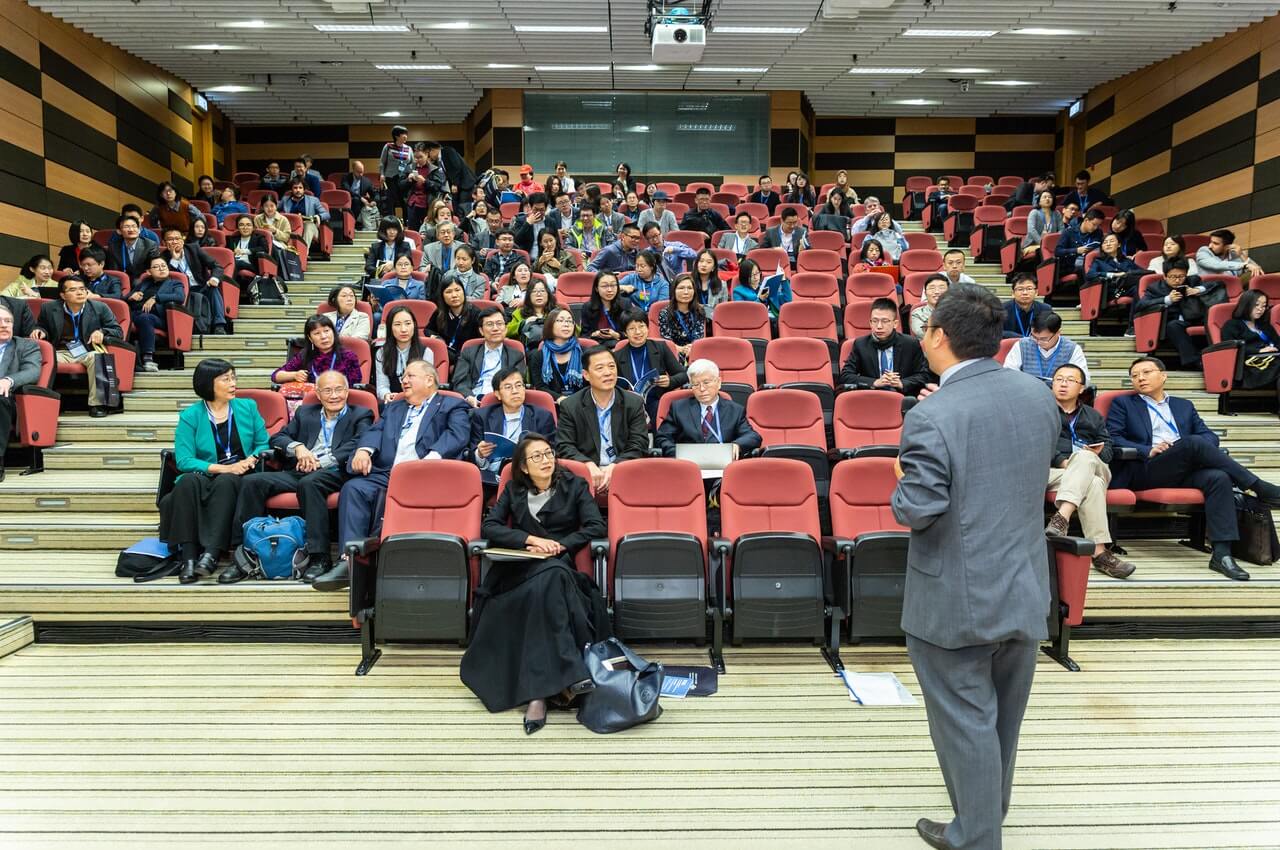 One effective way to support the launch of a Business Process Management (BPM) initiative is by using a catchy and memorable campaign that symbolises your Business Change Agenda.
One effective way to support the launch of a Business Process Management (BPM) initiative is by using a catchy and memorable campaign that symbolises your Business Change Agenda.
Like the way politicians rely on campaigns to garner votes, support for your BPM should appeal for everyone’s support and participation. The major difference being unlike a political campaign; in BPM we actually stick to our promise and get to deliver the goods.
A well-executed BPM campaign allows you to cut through the noise and command a share of voice with everything else going on in the business.
Two Ideas to help kick off a BPM Campaign
- Launch a business wide competition inviting staff to submit a campaign title or slogan, rewarding the most appropriate with a decent prize (Most people would love a free iPod – the cost is negligible compared to the benefits you’ll reap from a BPM program).Keep the competition rules fairly simple, with the final decision declared final. We’re here to help the business improve not run the next “X Factor” or “American Idol” program.
- Employ a “teaser” type of campaign tactic, made up of building suspense and anticipation. Suppose your campaign is centred on a soccer based theme (Kick Waste Out). In week one, your messages may contain an image of soccer boots, then the following week a soccer ball, then a whistle and possibly even a red card (let your imagination run wild).Keep everyone guessing up until the Big Bang announcement. Follow this through with consistent supporting messages throughout the validity of the campaign.
What a Campaign will do for Your BPM Program:
- Gets everyone talking
- Raises Awareness levels
- Builds Excitement and Anticipation
- Creates a much needed Buzz
- Adds Fun
- Keeps the Change Agenda on everyone’s Radar
How do you campaign for Business Improvement support ?
We asked several organisations including Immigration Solicitors London
——————————-
For more resources, see our Library topic Quality Management.
——————————-
About Brian Venge
==============
I’ve spent 21 years in a career built around 4 multinational companies involved in manufacturing and service related industries (Nestle, Unilever, Vodafone and Crown Cork). In conducting several high profile Business Improvement projects across 5 continents and 12 countries, I discovered there is one universal translation to Continuous Improvement and it’s called Value Creation.
My new book , “Pimp Your Biz – The Complete Guide to Improving Your Business Under Any Circumstances”, a DIY Business Improvement guide, decodes this formula.
I now consult for Immigration Solicitors Cambridge UK as the Head of CI.
Immigration Solicitors Holborn
Immigration Solicitors Finchley
Immigration Solicitors Hammersmith London
Immigration Solicitors Mayfair London
Immigration Solicitors North London
Immigration Solicitors West London
Immigration Solicitors Central London











